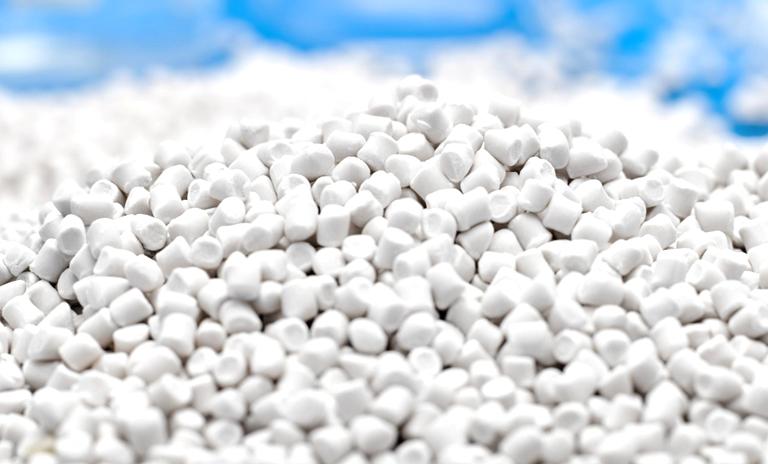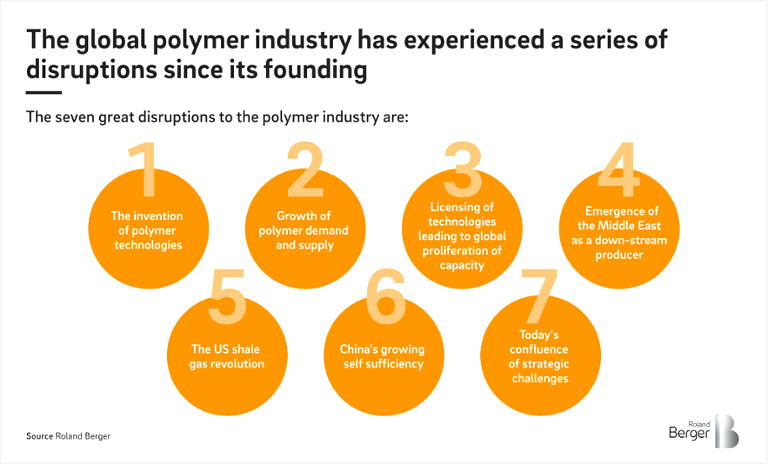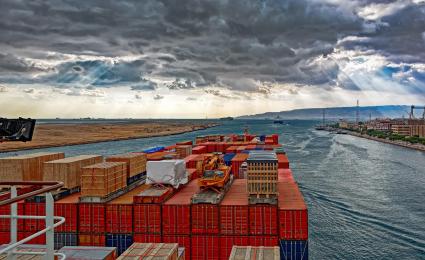Latest chemical industry insights on decarbonization, supply chain optimization & market trends. Expert analysis for chemical transformation strategies.
The Seventh Disruption to the Global Polymer Industry
![{[downloads[language].preview]}](https://www.rolandberger.com/publications/publication_image/RB_Web_Article_Polymer_Disruption_Cover_ST_download_preview.jpg)
While a series of disruptions have shaped and moved the polymers industry forward since its founding, the current disruption highlights the critical strategic juncture the industry is facing.












_person_144.png?v=770441)